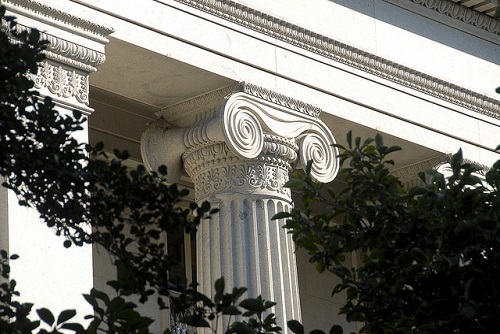Manmohan Singh: QE reversal will boost SBL

The unwinding of quantitative easing would alleviate pressure on broker-dealer balance sheets and boost securities lending, according to Dr Manmohan Singh,senior economist, International Monetary Fund (IMF).
“If central bank balance sheets are unwound, the flipside is that banks will get balance sheet space. If banks get balance sheet space then some businesses – including securities lending – would get a chance to do more in the financial system.”Central bank quantitative easing continues in the Bank of Japan and ECB but the Fed has surely reached its peak and ultimately all central bank balance sheets will be unwound. For now, they remain measured in trillions of dollars globally including $4.5trn at the Fed.
“If central banks change tack and securities do not get rolled over you will start to seeHe said that there is evidence from recent significant sales of Treasuries by emerging market central banks that the market can absorb sales of assets currently locked away in silos.
“Central bank balance sheet unwinding gives space and helps the dealer community accommodate a lot more transactions that they are not willing to do right now.”
There has of course been an expansion of AAA securities “but much of these securities has been silo-ed” on central bank balance sheets so “they have no velocity”. This is a problem because “AAA lubricates the other collateral to move” in the collateral upgrade chain.
“There is a disconnect now between the
He noted that the levels of pledged collateral (reusable, with title transfer) in the 15 largest banks has decreased since the financial crisis and remains much lower for half a decade, from around $10trn to $5.65trn in 2015 and, at the moment, “they are not bouncing back”.
“Less AAA leads to less efficiency and ease of pricing” of all other types of collateral. “Once collateral is with the market, it moves.”
Since a seminal Reserve Bank of Australia paper investigating the velocity, or reuse, of collateral there has been many studies into its significance for the functioning of markets. A recent CGFS paper identified that collateral reuse and rehypothecation is decreasing.
Singh said velocity had decreased from three at the time of the Lehman crisis to below two now. “Collateral is coming in – but it is not being circulated in the way it used to be.”
When it ends up at the central bank “it’s a closed loop”.“The money printed takes balance sheet space – trillions of space. If that space is unclogged, you would have space at the banks which would allow them to do other activities.”
“Whether those securities come out and what it means for securities lending is huge.”
Central clearing
However, the central clearing of OTC derivatives provides an avenue for the central bank to accumulate more deposits that could become silo-ed. BIS figures, he says, suggest that a huge new wave of collateral is set to reach central bank balance sheets.
“If CCPs do their jobs, where will all these deposits
“If trillions bypasses the plumbing and goes directly to the Fed, where is the money to price the plumbing? I believe it is better done at the market level… The more that goes to the balance sheet of the public sector the rustier the plumbing becomes – the signals are not as deep and liquid.”
Found this useful?
Take a complimentary trial of the FOW Marketing Intelligence Platform – the comprehensive source of news and analysis across the buy- and sell- side.
Gain access to:
- A single source of in-depth news, insight and analysis across Asset Management, Securities Finance, Custody, Fund Services and Derivatives
- Our interactive database, optimized to enable you to summarise data and build graphs outlining market activity
- Exclusive whitepapers, supplements and industry analysis curated and published by Futures & Options World
- Breaking news, daily and weekly alerts on the markets most relevant to you




